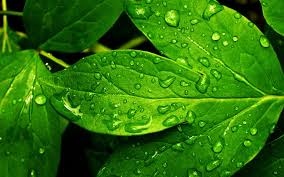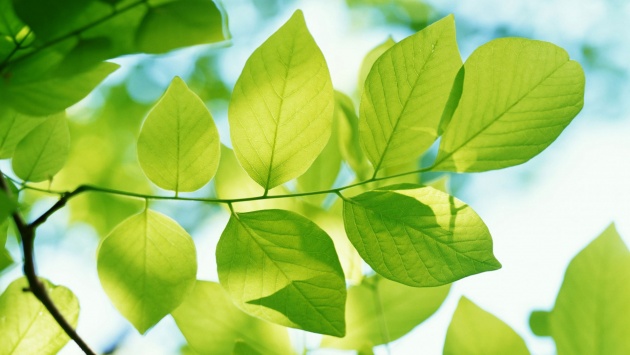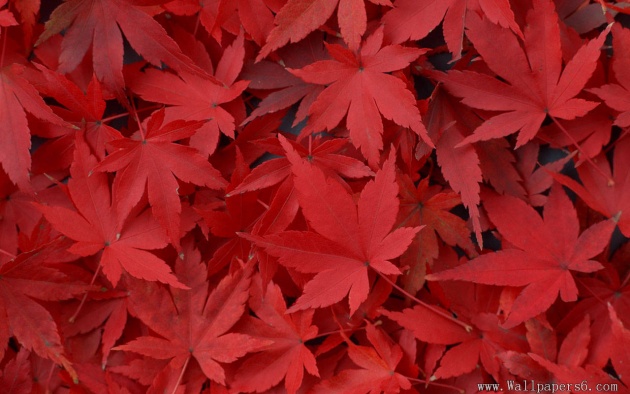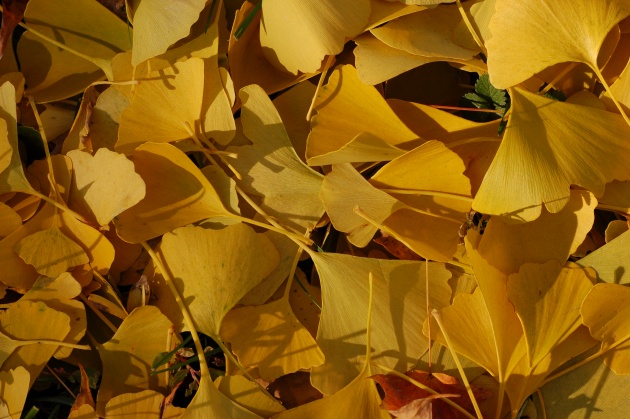
The general mechanism of food production by the leaves is that they absorbs the solar radiations and make their food. This absorption of light is performed by a green pigment or green colored material called chlorophyll and a yellow pigmented material which is called carotene. Chlorophyll and carotene are role players for absorption of the sunlight and making use of the solar energy. The food produced by the leaf is then transported to the roots of the plant through veins. The question here is that why these leaves change their color when there is a change in their atmosphere or change in weather. We all know that the leaves stay green in summer because in summer the plant has plenty of exposure to the heat and sunlight.

As summer arrives days start to shrink and the weather gets colder day by day the path supplying the food to the roots is shut down and the process of production of food is stopped by the leaf. The chlorophyll that is present in the leaves then starts to decompose and breaks down thus allowing the yellow pigmented carotene to show up and become prominent because it does not break up further. The food that is left over in the leaf also starts to decompose into red colored material which is generally called anthocyanin. This is how the leaves become yellow, red or yellowish red colored in autumn and winter.
Maple leaves get only red colored because of the large amount of anthocyanin production.

Ginkgo leaves turn bright yellow because of the production of carotene only and the disappearing of chlorophyll.

for autumn and winter dress collection this video shows some nice colors....
Written by : Salmannex
for my other blogs visit the following link



